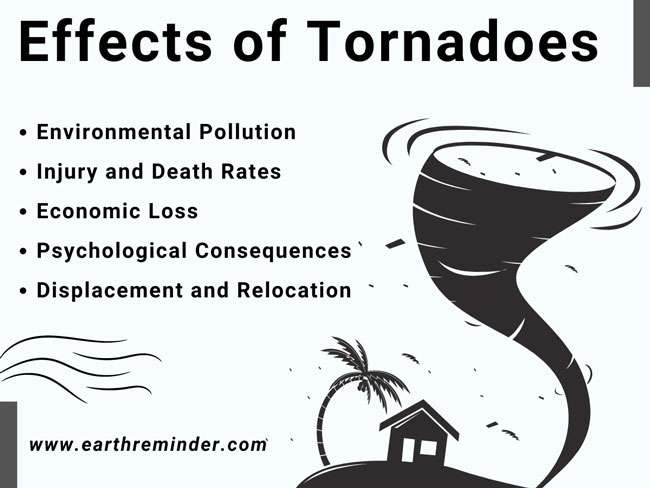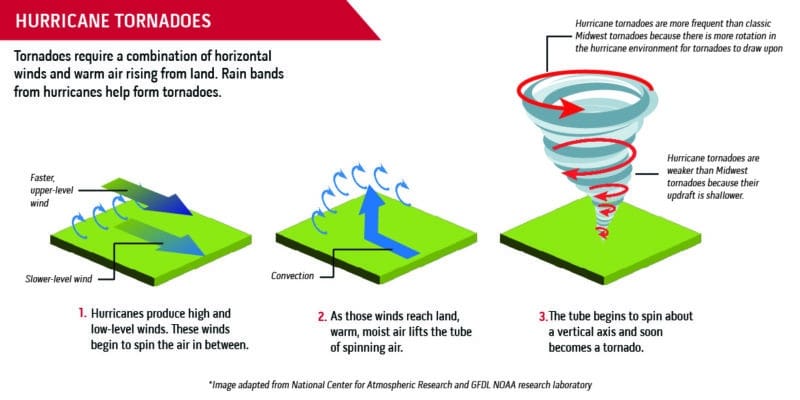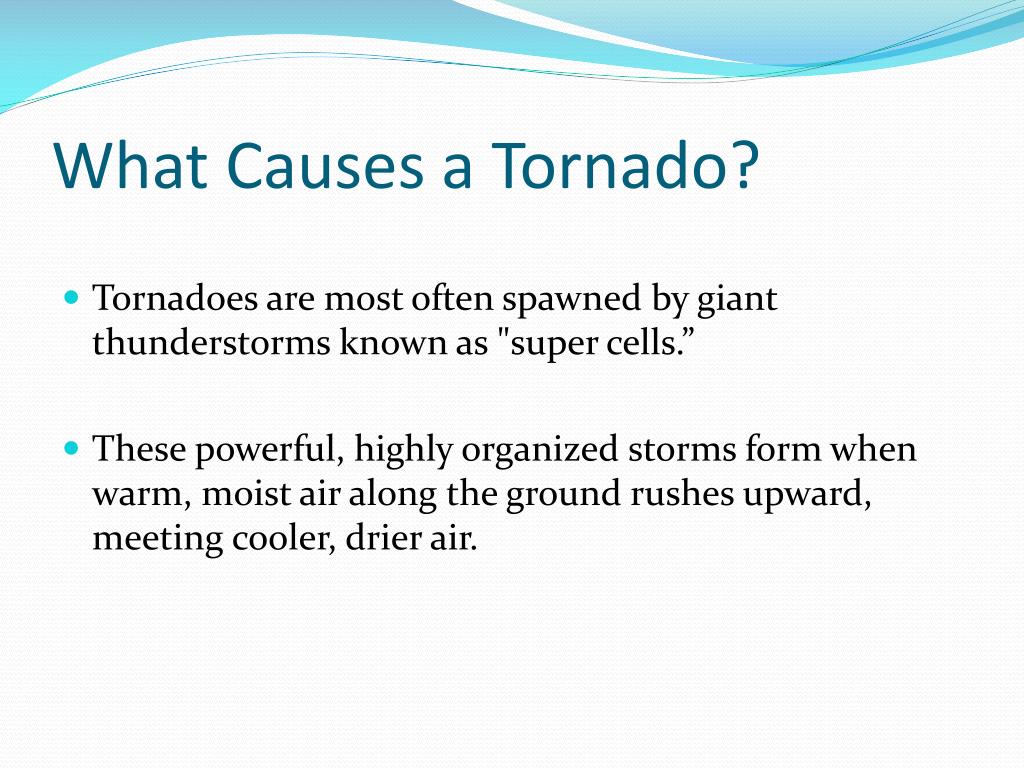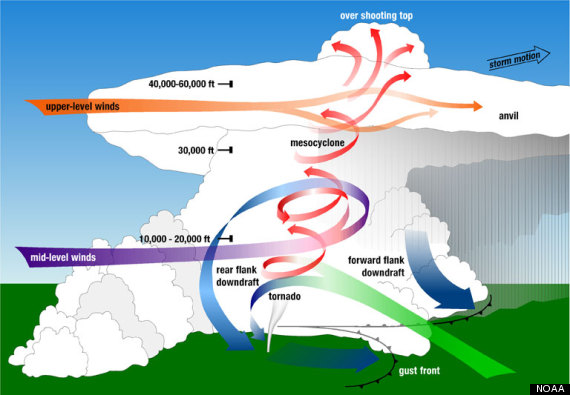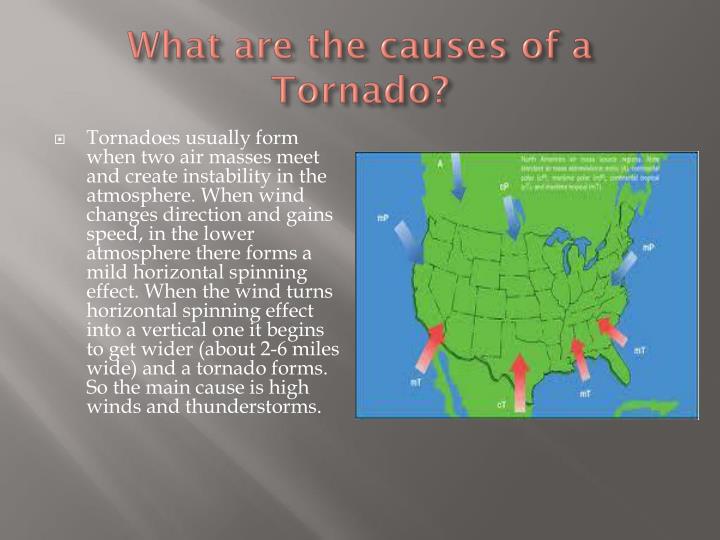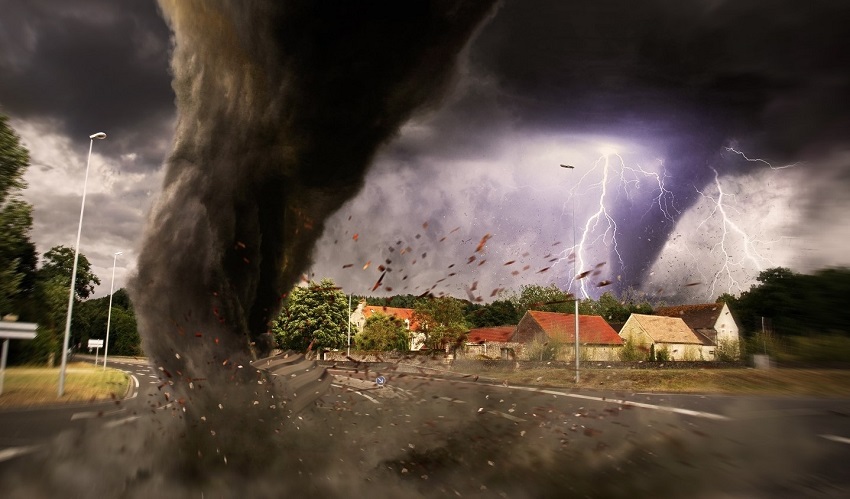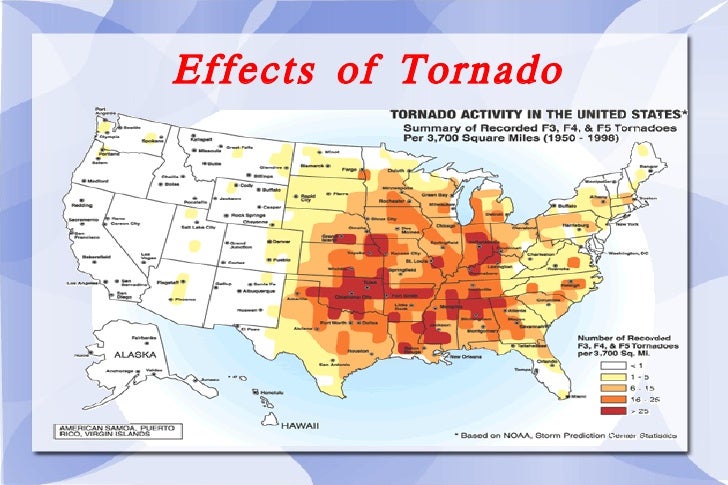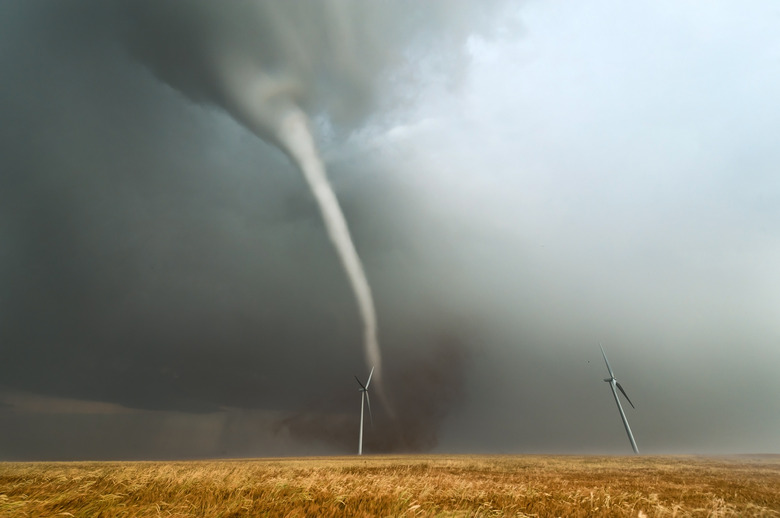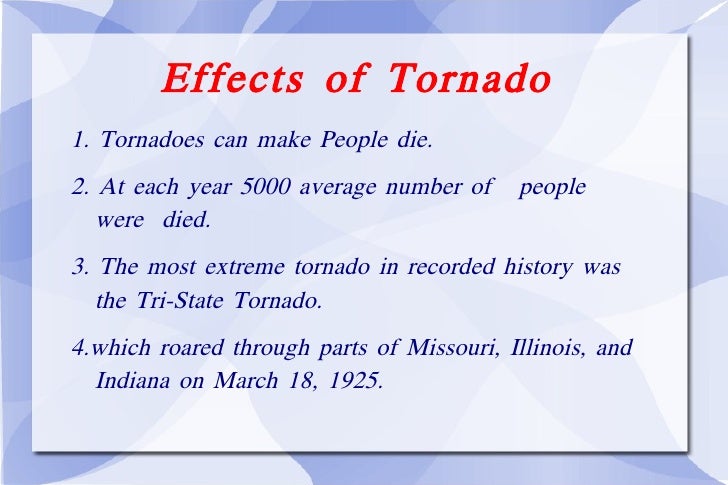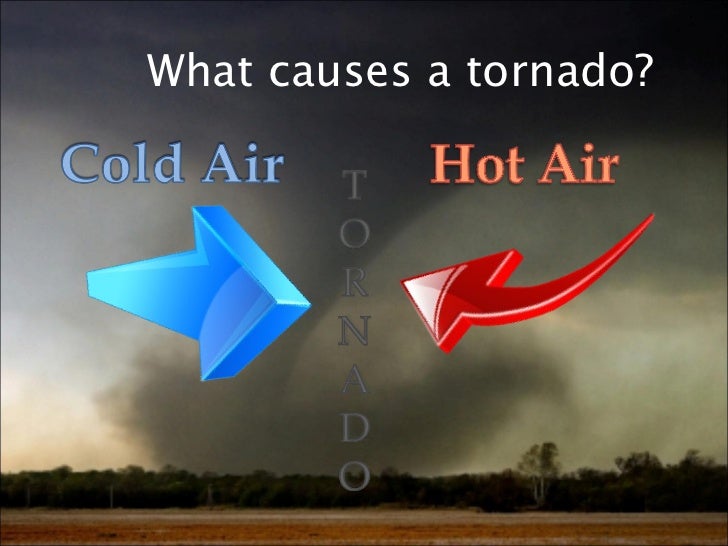Causes And Effects Of Tornadoes Wikipedia
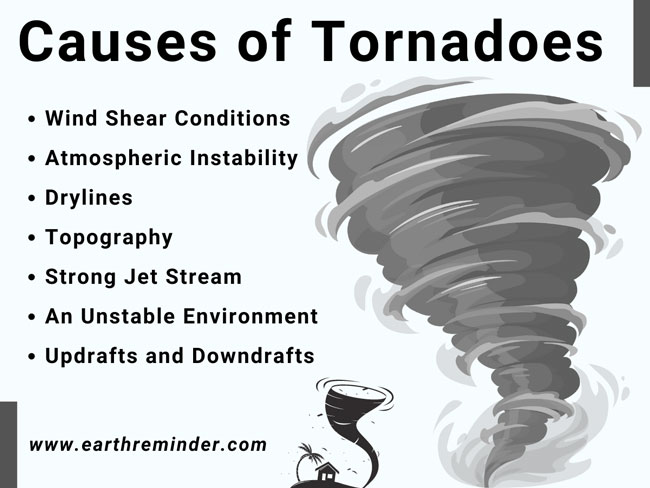
Breaking: A surge in tornado activity across the American Midwest is raising alarms as experts struggle to pinpoint exact causes and predict future occurrences. Damage assessments are underway following a series of severe weather events that have left communities reeling.
The recent spike in tornado touchdowns, coupled with intensified storm systems, underscores the urgent need to understand the multifaceted forces driving these destructive phenomena. This article will delve into the known causes and devastating effects of tornadoes, drawing from established meteorological data and recent findings.
Understanding Tornado Formation
Tornadoes are violently rotating columns of air extending from a cumulonimbus cloud to the ground. They are typically spawned from supercell thunderstorms, characterized by a rotating updraft called a mesocyclone. The precise trigger for tornado formation remains an area of active research, but several key factors are consistently present.
These include: strong vertical wind shear (changes in wind speed and direction with height), atmospheric instability (warm, moist air near the surface and cooler, drier air aloft), and a lifting mechanism (such as a cold front or dry line) to initiate thunderstorm development. These conditions create a volatile environment ripe for tornadogenesis. The interaction between the mesocyclone and the surface is crucial, but the exact dynamics are still not fully understood.
Primary Causes
Wind Shear: The change in wind speed and direction creates a horizontal rotating effect. This rotation can be tilted vertically by the thunderstorm's updraft, forming the mesocyclone.
Instability: Warm, moist air rising rapidly into cooler air creates a strong updraft. This intense updraft is necessary for the formation and sustenance of supercells.
Lifting Mechanism: A front or dry line forces air to rise, initiating thunderstorm development. This provides the initial impetus for storm formation in an unstable environment.
Devastating Effects of Tornadoes
Tornadoes are capable of inflicting catastrophic damage within seconds. Wind speeds can exceed 300 mph, generating forces capable of leveling homes and businesses. The Enhanced Fujita (EF) Scale is used to rate tornadoes based on the damage they cause, ranging from EF0 (weak) to EF5 (violent).
The effects are numerous. They include: Structural damage (buildings collapse, roofs are torn off), Debris (airborne objects become projectiles, causing further damage and injuries), and Casualties (injuries and fatalities can occur due to flying debris and collapsing structures).
Beyond the immediate physical destruction, tornadoes can have long-lasting psychological and economic impacts on affected communities. Displacement of residents, loss of livelihoods, and emotional trauma are common consequences.
Recent Tornado Activity: What's Different?
While tornadoes are a recurring threat in regions like "Tornado Alley" in the US, recent activity has raised concerns about potential shifts in frequency and intensity. Data suggests that tornado outbreaks (multiple tornadoes occurring in a short period) may be becoming more common.
Researchers are investigating possible links between climate change and altered tornado patterns. The effects of a warmer atmosphere on storm formation and intensity are being closely examined. However, attributing any single tornado event directly to climate change is complex.
Changes in atmospheric patterns and increased storm chaser activity also contribute to the heightened awareness. More reports are being made, and that doesn't necessarily mean more tornadoes are happening.
Next Steps and Ongoing Developments
Increased investment in weather forecasting technology and research is crucial for improving tornado prediction and warning systems. Advanced radar systems and computer models are essential tools for early detection and accurate forecasting.
Community preparedness efforts, including public education and emergency response planning, are vital for mitigating the impact of tornadoes. Individuals and families should have a plan in place and be familiar with local warning systems. Building codes and construction practices that enhance structural resilience to wind damage are also important.
The situation demands constant vigilance, ongoing research, and proactive measures to protect communities from the devastating effects of tornadoes. Collaboration between scientists, emergency responders, and policymakers is essential for minimizing future risks.
